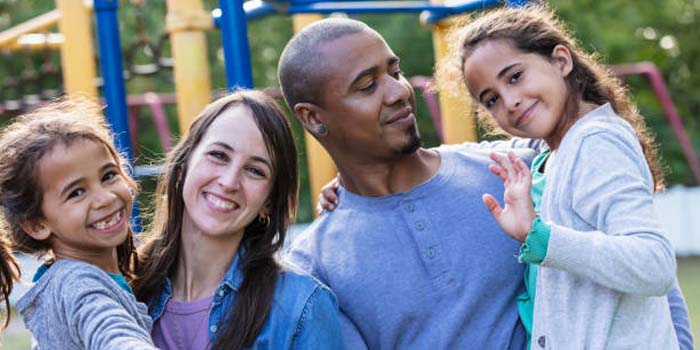
Developing True Confidence in Adults and Kids
Confidence is the belief in one’s self and abilities. For both adults and children, developing true confidence requires working on different aspects of the self.
Positive parenting that praises efforts, allows safe risk-taking, and models confidence is key
On a mental level, confidence building starts with identifying limiting beliefs and inner criticisms and replacing them with positive affirmations. Rather than dwelling on flaws or failures, focusing on strengths, skills, and accomplishments cultivates a confident mindset. Setting achievable goals and visualizing success also boosts confidence mentally.
Physically, exercising, proper posture, and purposeful body language project confidence by signaling personal power. Movement-based activities like dance, martial arts, and sports can help build physical confidence.
Emotionally, managing feelings of self-doubt, fear, and anxiety helps achieve inner confidence and resilience. Mindfulness, positive self-talk, breathing exercises, and counseling build confidence by overcoming negative emotions.
Socially, practicing effective communication, public speaking, and social skills reduces shyness and social anxiety. Interpersonal confidence comes from presenting one’s self with assuredness, connecting authentically, and believing in one’s value in relationships.
For children, confidence building is integrated into play, creative activities, sports, socializing, and schoolwork. Positive parenting that praises efforts, allows safe risk-taking, and models confidence is key. Adults can boost confidence by mastering new skills, public speaking, leadership roles, and thriving in careers.
With self-awareness, patience, and care, both adults and children can foster unshakable confidence mentally, physically, emotionally, and socially. The rewards of true confidence are immense.

0 comments